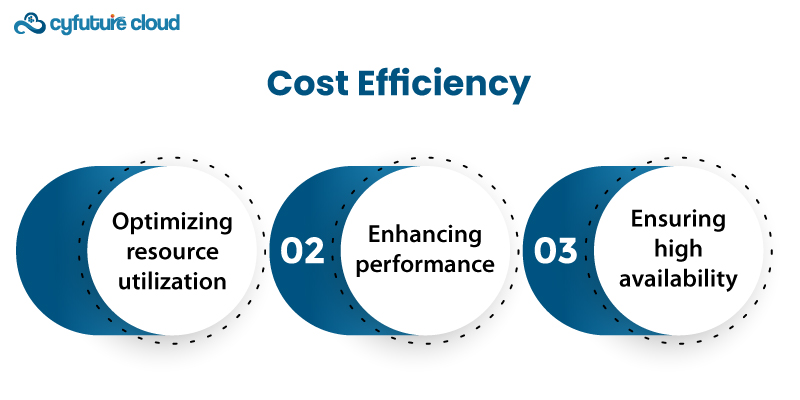 Server
Colocation
Server
Colocation
 CDN
Network
CDN
Network
 Linux Cloud
Hosting
Linux Cloud
Hosting
 VMware Public
Cloud
VMware Public
Cloud
 Multi-Cloud
Hosting
Multi-Cloud
Hosting
 Cloud
Server Hosting
Cloud
Server Hosting
 Kubernetes
Kubernetes
 API Gateway
API Gateway



Elevated availability is crucial for any online service. Downtime can lead to significant:
- Revenue loss
- Damage to reputation
- Customer dissatisfaction
Load balancers improve availability by distributing traffic across multiple servers. If one server fails, it redirects traffic to the remaining operational ones. Thus ensuring the service remains available. This redundancy is vital for maintaining uptime and reliability.
When businesses expand, their IT systems should be able to accommodate the demand for more traffic. The load balancers help with horizontal scalability. More servers are added to the pool instead of being upgraded. This approach is more cost-effective and flexible. New servers can be incorporated without interruption of the service. Thus allowing for smooth scaling as demand increases.

Performance is a key factor in user experience. Slow response times can deter users and affect business outcomes. Load balancers optimize performance by distributing workloads efficiently. They can use various algorithms to ensure even distribution of traffic, such as:
- Round-robin
- Least connections
- IP hash
Thus controlling any single server from becoming a bottleneck. Additionally, load balancers can cache content and perform SSL termination. It reduces the burden on servers and improves response times.
Fault tolerance is the capacity of a system to perform its function satisfactorily in the case of failure. Load balancers help in this by constantly checking their status. They perform health checks and remove unresponsive or malfunctioning servers from the rotation. Thus ensuring that only healthy servers handle the traffic. It minimizes the impact of server failures and enhances the system's overall resilience.
Some servers might be overutilized in an environment without Load balancing, while others must be utilized more. This uneven distribution leads to inefficient use of resources and potential performance issues. Load balancers ensure that traffic is evenly distributed. Thus maximizing the utilization of available resources. It leads to better performance and cost savings as servers are used more effectively.
Load balancers also contribute to the security of web applications. They can act as a shield between the user and the backend servers. Thereby mitigating various security threats. For instance, load balancers can mitigate DDoS invasions by directing the traffic to the attackers’ servers. Additionally, they can offload SSL decryption, reducing the computational load on backend servers. It allows for more efficient handling of secure connections.
Load balancers streamline maintenance by redirecting traffic to other servers while a specific one is updated or maintained. This approach ensures continuous availability and minimizes disruptions. Moreover, it provides for gradual rollouts of new features or updates. Thus reducing the risk associated with significant changes.
For global businesses, geographic traffic distribution is critical to delivering a quick and efficient experience. Load balancers can help route users to the closest server so they do not experience high latency levels. Besides, they are useful in disaster management and business continuity plans.

While the initial setup of load balancers might involve some costs, they ultimately contribute to cost efficiency. They reduce the need for expensive hardware upgrades and minimize revenue loss due to downtime by:
- Optimizing resource utilization
- Enhancing performance
- Ensuring high availability
They also lower operational costs by streamlining maintenance and enabling efficient scaling.
Recommended Read : What is a Load Balancer and How does it Work?
Load balancers are an essential element of today’s IT systems. They offer the required scalability and flexibility to address the increasing traffic loads. They also ensure:
- High availability
- Improve performance
- Load balancers also
- Enhance security
- Contribute to efficient resource utilization
- Simplify maintenance and upgrades
Their role in geographical distribution and disaster recovery further underscores their importance. Since businesses depend on web applications and services, the role of load balancers will increase. This will make them crucial in ensuring the IT environment is strong, dependable, and effective.

Let’s talk about the future, and make it happen!
By continuing to use and navigate this website, you are agreeing to the use of cookies.
Find out more


